DOMINICAN REPUBLIC
SURF TRAVEL INFO
About the Dominican Republic
Quick numbers for a surf trip to the DR
1288 km
Coastline
5
International airports
350 Days
Per year with surfable waves
80°F (26° C)
Average temperature
1,5 hours
Flight time from Miami
78°F (25° C)
Average water temperature
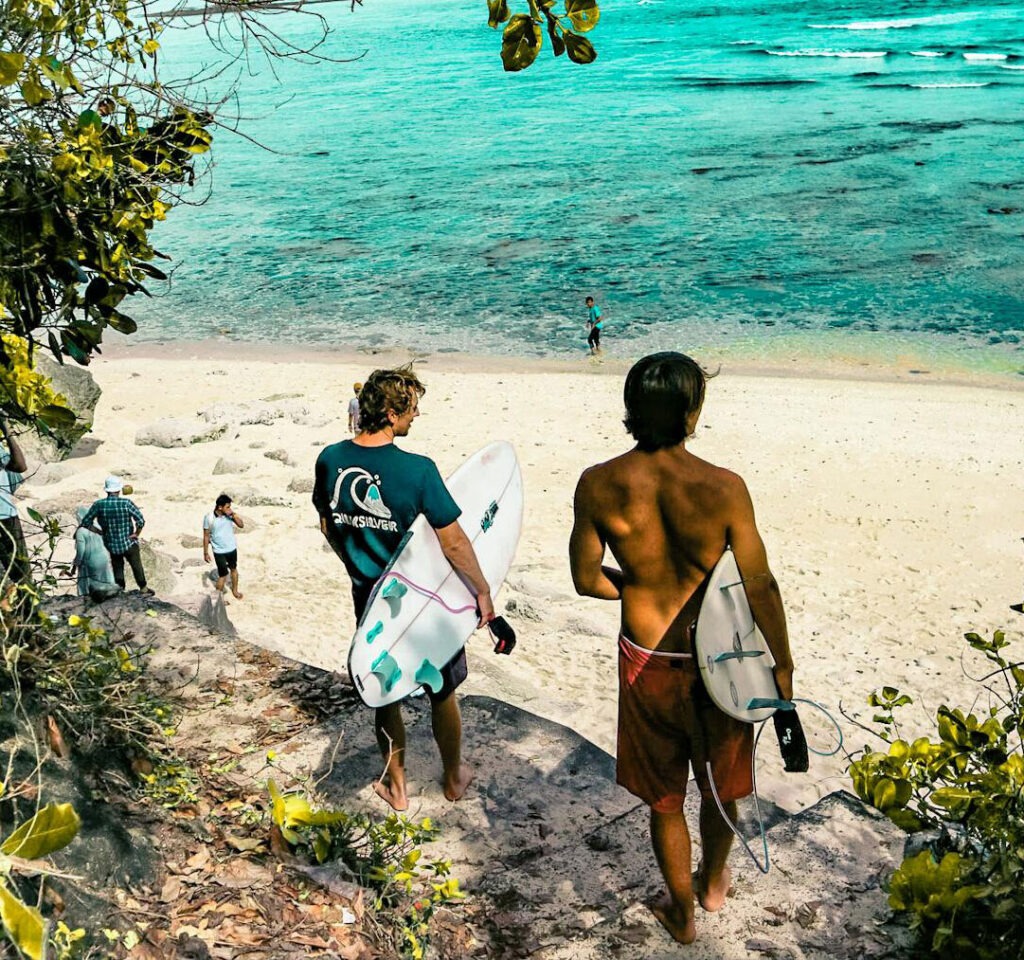
“The Dominican Republic has it all”
That is the slogan of the Dominican Tourism Board, and we agree. It’s a stunning island with 2 coastlines; 1 facing the north to the Atlantic, 1 facing the south to the Caribbean. Both coastlines get fun surf, although the North Coast is the most consistent and offers higher-quality waves.
On this page you’ll find relevant info for planning a surf holiday to the Dominican republic. When to go, what to bring and other useful info.
The surf spots and maps are found on the Dominican Republic surf spot page.
The Dominican Republic

Language
Spanish, but English is widely spoken in tourist areas
Currency
Dominican Peso (DOP)
1 USD = 59 DOP
Religion
Christian
Visa
Citizens from 108 countries, including the EU, US, and Australia, can enter the Dominican Republic without a visa for up to 90 days
“Fun waves, friendly Caribbean vibes”
For decades traveling north American surfers only focussed on Costa Rica as the go-to surf destination for a quick surf getaway from the cold in winter time. In the last decade and a half more and more surfers have discovered the Dominican Republic as a top surf holiday destination.
Why?
– Consistent waves
– Easy & quick travel (5 international airports)
– Waves for surfers of all levels
– Tons of non-surfing activities on offer
– Stunning beaches and scenery
– More affordable than Costa Rica (half price!)
– Friendly locals and expats
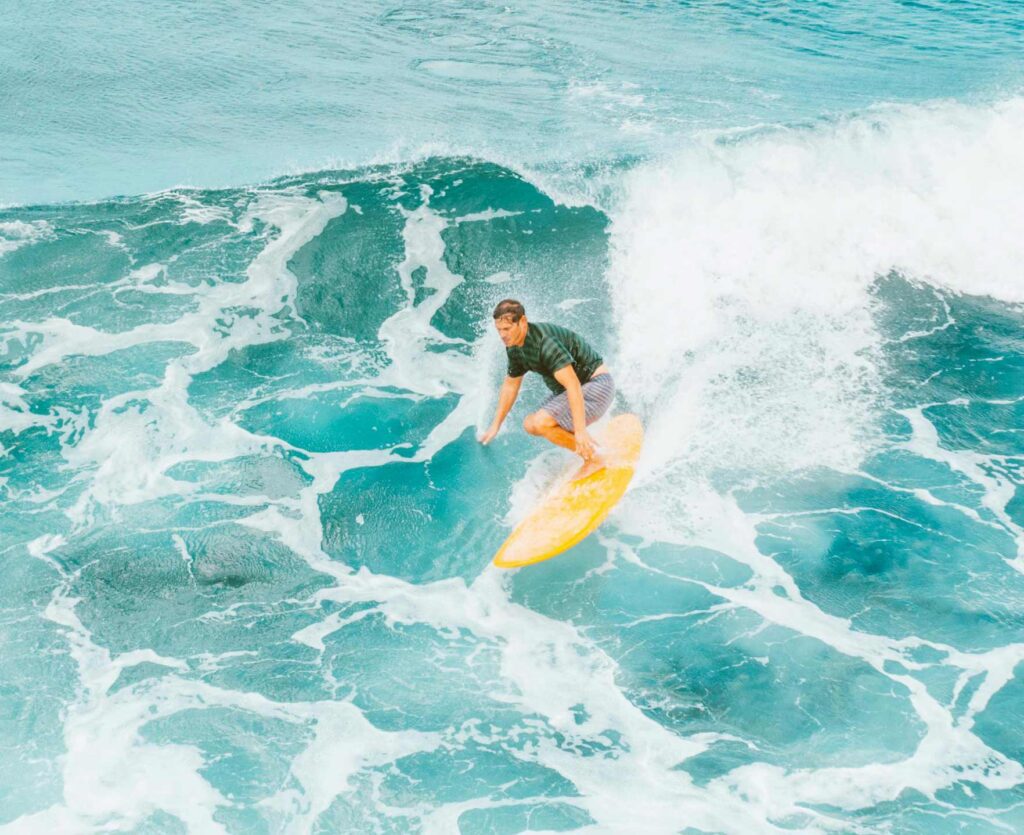
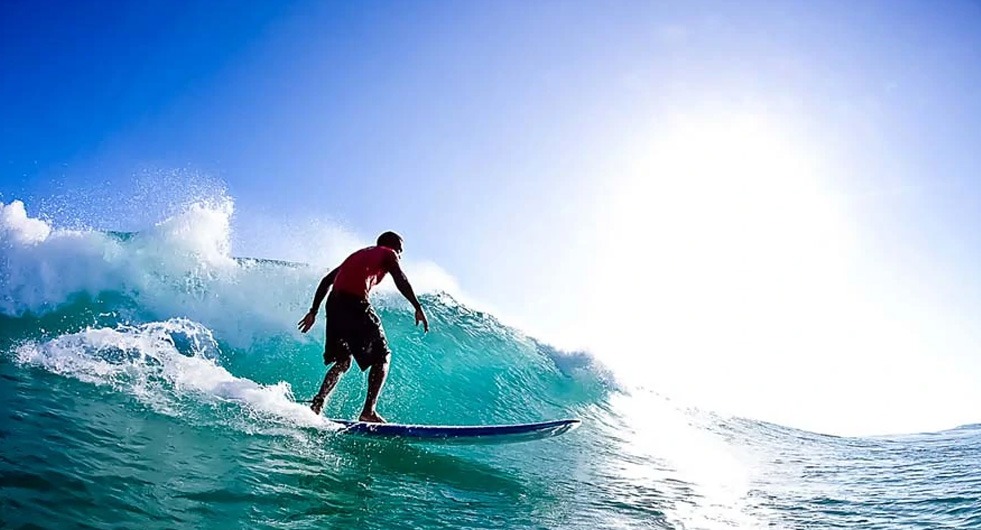
“A huge variety of waves”
What makes the Dominican Republic such a great surf destination is the large variety of waves that can be found: from hollow-expert-only waves to beginner-friendly mellow waves and everything in between!
There is something for everyone.
This is why Playa Encuentro (just west of Cabarete) is such a popular surfing beach; on 1 stretch of beach just 1/2 mile long 4 different types of waves are suitable for beginner, intermediate and expert surfers alike.
For people who want to venture out further away from the (mellow) crowd, there are offshore reefs that on most days are empty.
“Bring your own board or rent one?”
When travelling to the DR for a surf trip, check with your airlines what the fees are for brining your own board. Plenty of people come for a quick 4-5 strike surf trip to the Dominican Republic, and in those cases it might be easier to rent a board for 25 USD per day versus bringing your own board.
What kind of board should I bring?
Your daily driver surfboard from back home will do fine. The DR doesn’t get a massive amount of waves over the 3 x overhead so leave your big wave guns at home. For summer time when the waves are smaller, you might want to consider bringing a fish or longboard for when the waves lack a bit of punch.
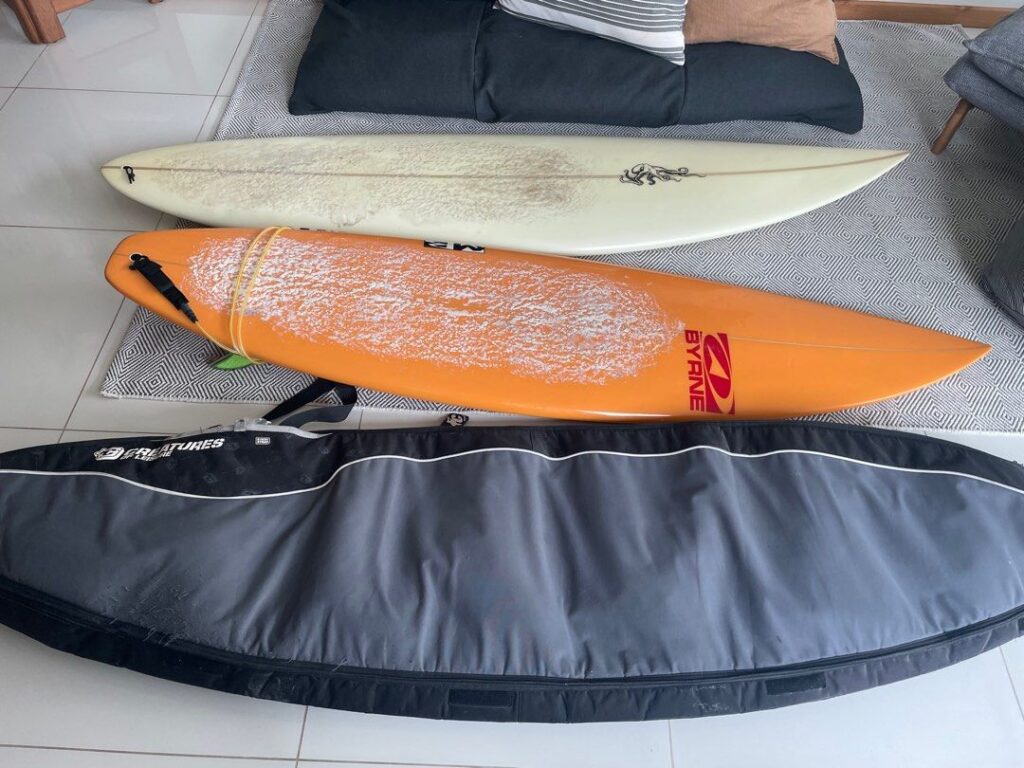
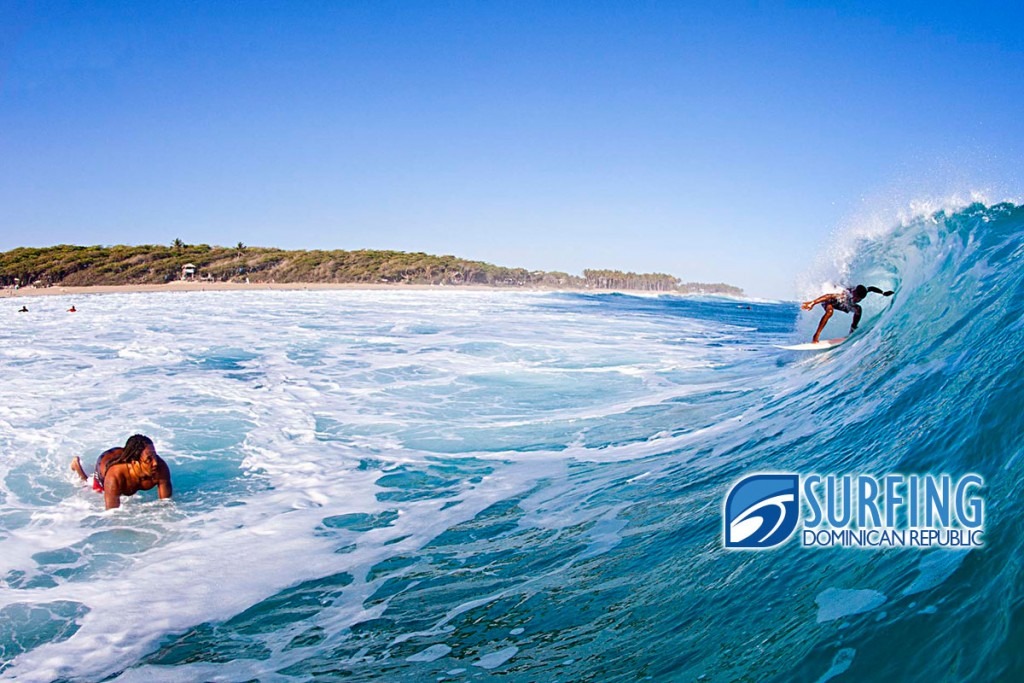
“Year-round surf season”
The DR is blessed with a year-round surf season, but that doesn’t mean there are no variations. generally speaking, winter time (between October and April) the waves are bigger, and at a spot like Encuentro expect the average wave size to be in the head-high to 1,5 overhead range at the intermediate and expert spots.
In the other months on average, it’s about half that size, chest high to a little overhead. Waves in summer also have shorter intervals so expect less power. Summertime is a great time for beginners and families.
There is no fixed rainy season, and the air and water temperatures do not vary much. It’s always a pleasant temp in and out of the water ( no need for a wetsuit).
“Getting around the DR”
How to get from your accommodation to the different surf spots?
There are several different options:
– Get a professional surf guide / driver
We think this is the best and safest option, the guide knows the local roads, knows when are where the spots are breaking. No hassle option some hotels and surf camps provide transfers to and from surf spots
– Rent your own transport
A car is preferred over a motorbike since the driving standards in the DR are not like in North America or Europe.
– Use “Public” transport
This means Gua Gua’s or motorcocho’s it’s cheap and adventures. only good for short trips of up to 5 miles. Gua Gua’s are overcrowded at times and might not take your surfboard, and motoconcho’s are really only good for very short trips without a surfboard.
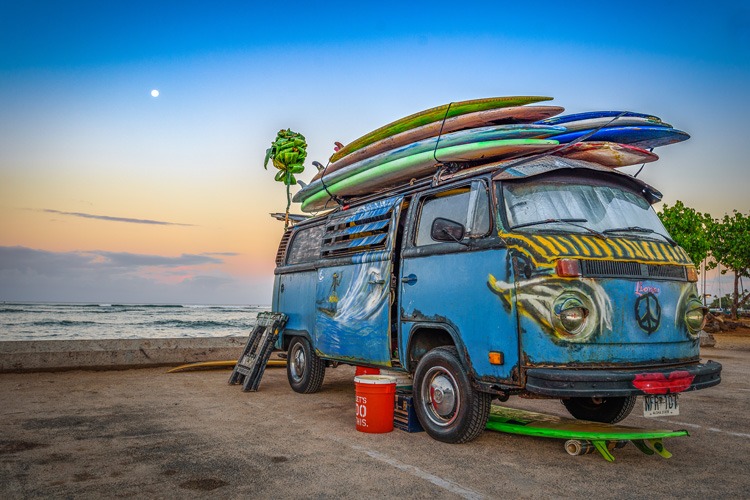
Videos of Surfing DR
Surfing Dominican Republic
Video of surfing at Playa Encuentro, just a short ride from cabarete
